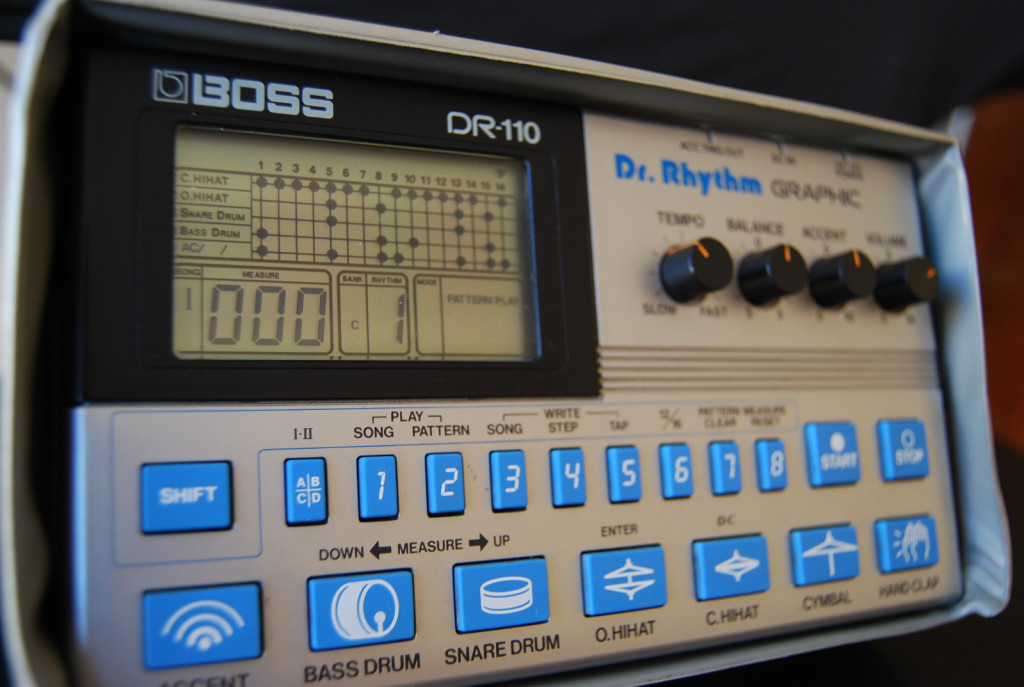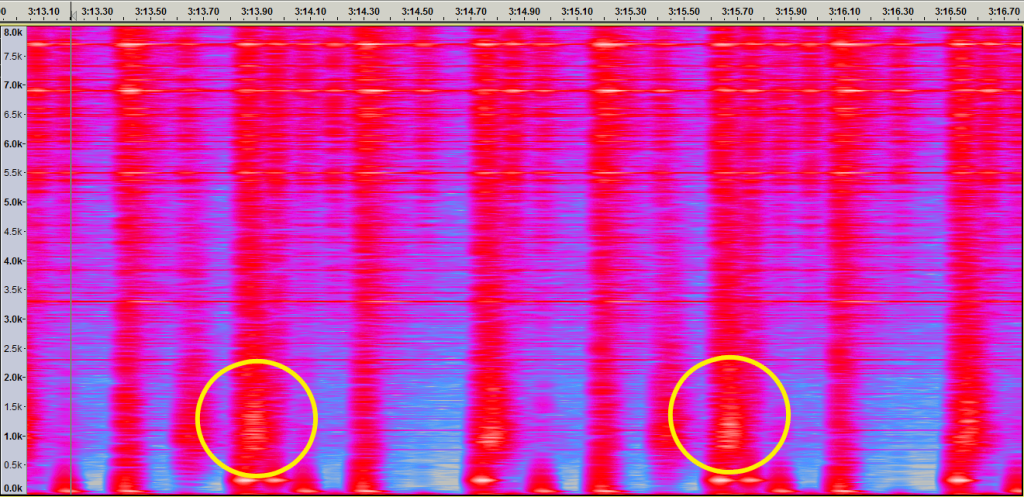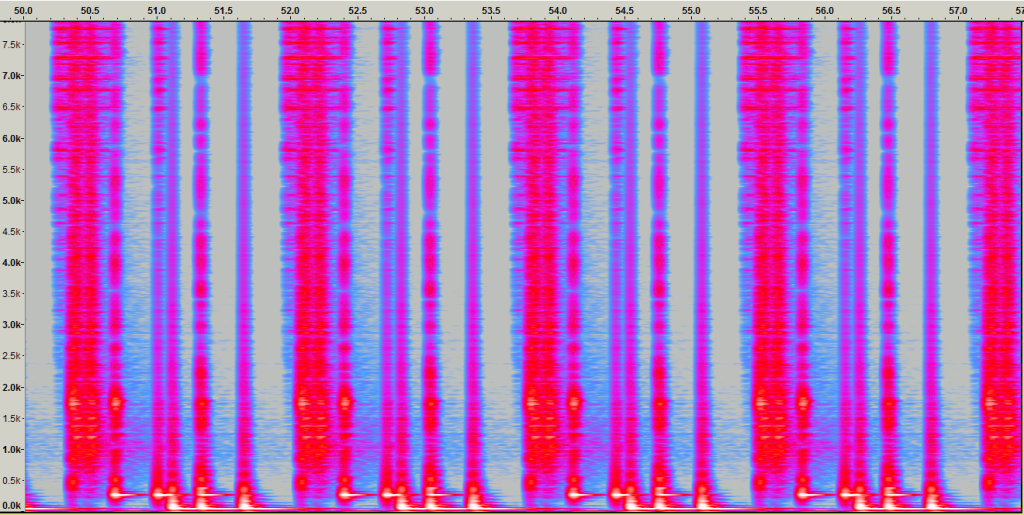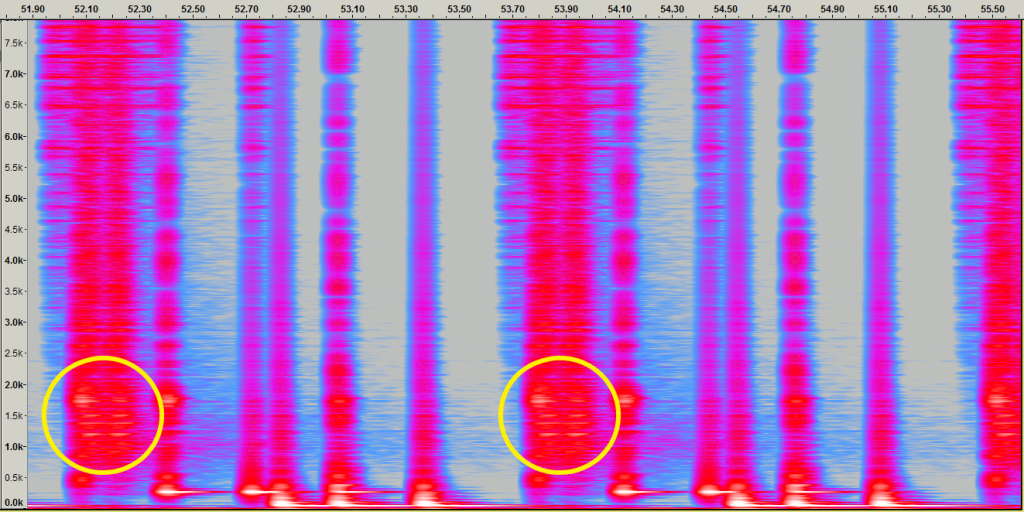

Is it just me ? Digital technology can be useful in the music industry, VST plugins, software, mastering. But there seems to be this confusion that seems to have developed that suggests that music synthesised using circuits can be modelled mathematically in the digital world and that somehow that is “better” and somehow makes physical circuits on boards with resisters and capacitors “obsolete”.
Now just wait a moment !
The map is not the territory. A mathematical model of circuits coded in software is just that; a map of the circuit design. By its very nature much of what is really there in reality is going to get missed. Subtle granularity produced by chaotic interactions, fluctuations at the Quantum level and so forth as well as effects science probably does not even know about … they, by definition, can’t be modelled. But this analysis is not meant as a take down of digital technology. Knowing its limitations means that it can be used appropriately.
Here’s a case in point. I just bought a second hand Boss DR-110 Dr Rhythm Graphic drum machine, blasted into my now all the way from 1983 ! I was attracted to it because it was the last drum machine that Roland made in this line that uses analogue synthesis for the various percussion sounds.


Here we have a spectral view of a recording of my Boss Dr-110 drum machine. As you can see in the areas of interest there are clear differences in the sound. I was not fiddling with any controls at this point.


Now here we have a Propellerhead Rebirth RB338 recording of the 808 drum machine as modelled in software. As you can see by examining the marked areas the sound is identical between beats. Not surprising for a sample based drum machine. I should probably do the same comparison between a hardware synth and its modelled digital cousin, but I don’t have one to hand.
But why do we have this proliferation of sample based instruments in the first place ? They can have their place and its great that so many people can get access to this kind of music technology without having to shell out hundreds or even thousands of pounds. But that should not come at the cost of forgetting what should make this kind of music a pleasure to listen to. Granularity, randomness and unpredictability. Warmth. The sound ! That sound is produced by physical analogue circuitry with physical electrical signals whizzing around it which by its very nature produces unpredictable effects as the various circuits and filters interact with one another.
Digital technology certainly has its uses. But its a fallacy that analogue circuits can be modelled “perfectly” in software. This is akin to thinking that a weather model in a computer will be able to one day “perfectly” predict the weather. It is indeed impossible, and one only need look at Chaos mathematics to see why that is actually well understood (or should be well understood) in the mathematics community. There are oblique and unknown factors. But some of the misguided nature of the science community sometimes gets in the way. It is assumed that we know all the dietary needs of a human being, that science has discovered all the vitamins, or indeed all the chemical elements. However it should be patently obvious looking at the history of science that there are always new discoveries to be made. Digital technology can provide an entire smorgasbord of possibilities for musicians but it has its limitations, as the incredibly “dirty” and complex sound coming out of my Dr-110 shows.2,486 views